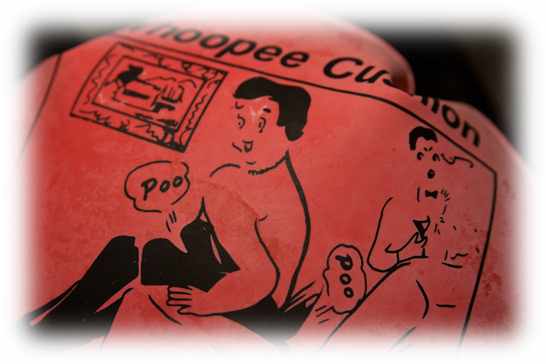Sound Effects in storytelling
Storytelling technique is all about getting your audience to connect and become involved in the story and for children, there is only one thing they love more than listening to a good tale: becoming involved in it.
Give them that opportunity by vocalising sound effects in your story and letting your child copy your sounds in the predictable place. So, for example, every time a horse is mentioned, say “Clip, Clop, Clip, Clop” and after a couple of repetitions, your child will naturally join in with you, as they become familiar with the pattern.

There are a multitude of different sound effects you can add in to any story, from the sound of wind whooshing and the sound of water dripping to the “KNOCK KNOCK” of the wolf on Grandma’s door…
When I’m reading stories with my daughter, I always try and replicate the sound effect, so when there’s a knock at the door, I will bang on the table or wall (or whatever suitable surface is nearby – obviously baning on a pillow isn’t going to work). When there’s a loud and sudden bang in the story, I will shout
BANG!
It make’s my daughter jump, but she’s immediately full of giggles and is clearly enjoying the story more than ever!
Some of the most beloved songs and tales are truly successful and have lasted the ages of time simply because of sound effects and childrens’ love of joining in. I’ll actually be adding a new series of posts soon aimed at getting our kids to join in with the stories (and with specific book recommendations) and how we can specifically help them on that front. Sound effects are a great one for this.
Children will naturally pick up on sounds first rather than full words and that’s why you’ll find most children can do the sound effects of “Old MacDonald Had a Farm” before they can sing the parts in between the animal noises.
Adding sound effects to the story can encourage very young children to speak, as they get to repeat the noise which is more discernible to their ear than a two or three syllable word. It is also a way of educating them about the world and nature around them.
I should also like to point out that a great way to build your storytelling technique of sound effects is to read picture books with your kids. This is a link to a series of articles around picturebooks for children and how to read them.
If you teach them through a story, the noise an animal makes, they are likely to remember it when they see that animal for real. This can be extremely rewarding for you, as a parent.
For older children, sound effects can become more complex, and even if they don’t want to join in, they still show an appreciation for a sound which either takes them by surprise or which enhances the atmosphere of a story.
Sound effects add another layer of entertainment to the whole experience of storytelling and shouldn’t be undervalued or forgotten.
Storytelling homework
So we’ve covered some basic and pretty obvious stuff in this article on storytelling technique, so now comes the hard part:
You need to become a bit more aware of the sound effects in the stories and tales you read your kids and see if you can really engage your young audience and bring the story to life.
Think about not just the obvious sound effects (like knocking and banging) but look at the pictures in the children’s books you’re reading and see if you can find appropriate sound effects to go with the events. Maybe somebody has smelly socks so they’re going “Uuuuuurrggghhhh” while holding their nose.
Above all, enjoy story time.

I’m looking for stories where the children would make the noises at clues in the stories… like every time the word wind is said they might blow like a wind…. Do you know of any stories or poems like this?
very nice